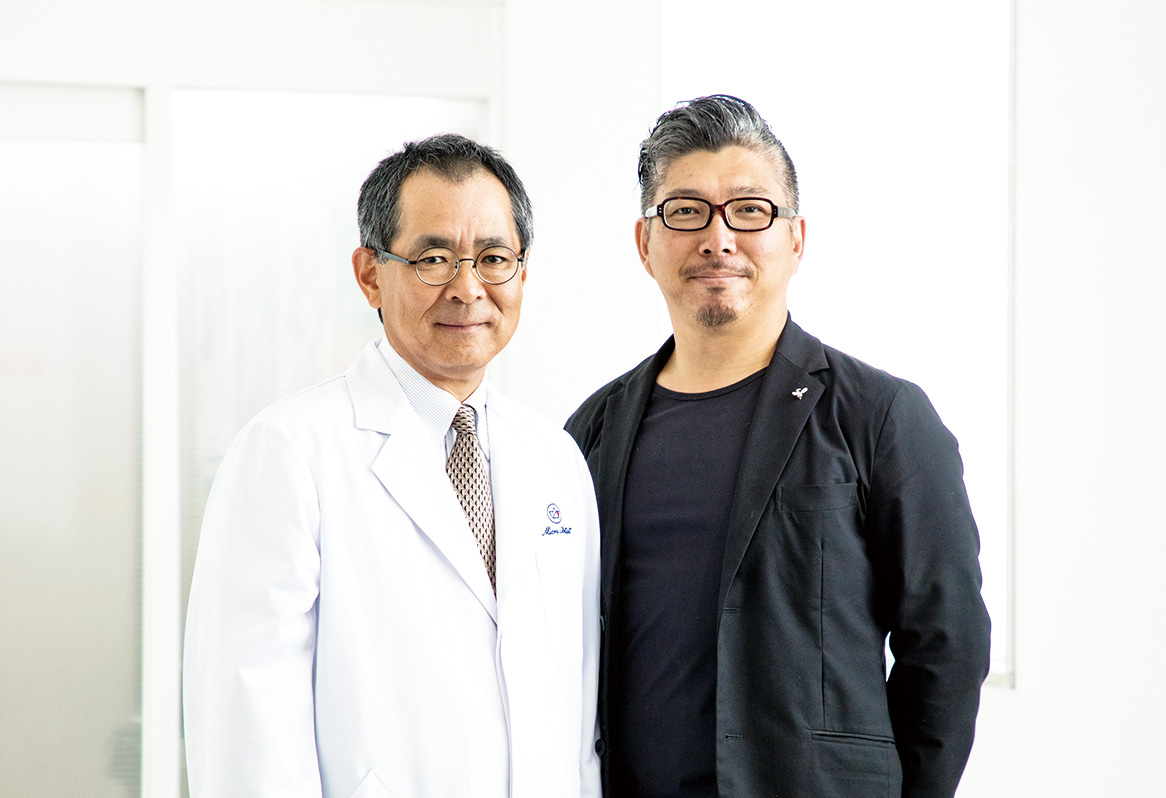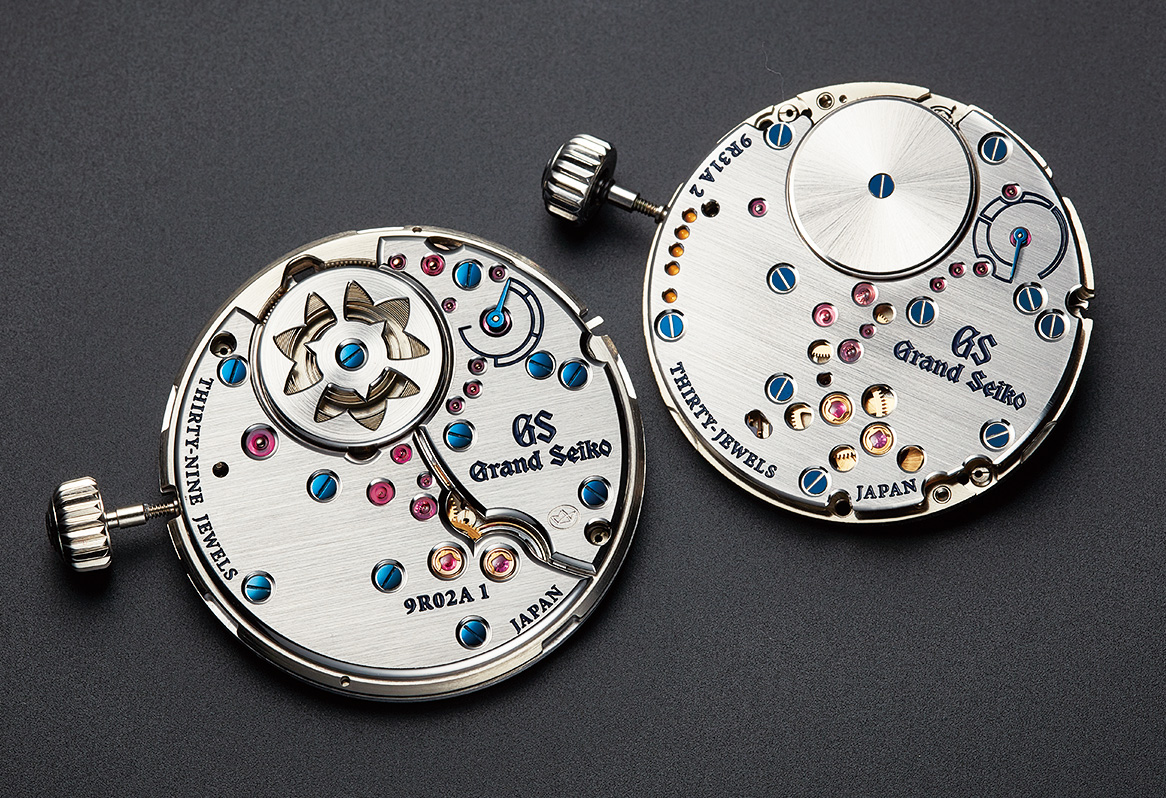The beauty of Grand Seiko starts
with the movement.
Spring Drive celebrated its 20th birthday in 2019. To commemorate this anniversary, Grand Seiko created watches carrying two new manual winding Spring Drive movements. These were developed under the leadership of Osamu Takahashi, who led the development team that created the first generation Spring Drive movement over 20 years ago.
As Takahashi and his team planned their new initiative, they had a clear goal in mind. They wanted to develop a more compact Spring Drive movement that would allow the creation of thinner, more elegant watches that would suit evening as well as daytime wear and fit softly and comfortably on the wearer’s wrist. A realistic goal, one would think but one that was made more challenging by the fact that they decided that they had to do this while preserving all the advantages of Spring Drive, notably its long power reserve, accuracy, legibility, durability and shock resistance. The first step that Takahashi took was to develop a new way to maintain the 72 hour power reserve in a watch that would be manually wound. His chosen method was the Dual Spring Barrel with two mainsprings in one barrel. It allowed Takahashi to create a source of power that would preserve the 72 hour reserve without the need for a second barrel and the extra depth that this would entail.

Both of the new Spring Drive movements incorporate this new system. In addition, one of the two also uses another power conservation mechanism invented some years earlier by Takahashi called the Torque Return System. The responsibility of creating the two movements was then allocated by Takahashi to two teams. Caliber 9R02 was created at the Micro Artist Studio and Caliber 9R31 at the Shinshu Watch Studio.
Takahashi’s plan in doing so was to use this project to transfer the watchmaking, adjustment and finishing skills cultivated by the expert horologists of the Micro Artist Studio to those working at the Shinshu Watch Studio, the watchmakers and technicians who, until then, had been charged with just manufacturing components. It took a full year during which the specific techniques and skills that the Micro Artist Studio had developed over the 19 years of its existence were explained, demonstrated and trialed with the Shinshu Watch Studio team. The result was that, in the end, the Shinshu Watch Studio watchmakers were able create a timepiece that, while not the same as the work of the Micro Artist Studio, not only had the highest specifications, but was also beautifully crafted and finished in the Shinshu Watch Studio’s own style.

A movement engineer, Kazunori Hoshino, who joined the team that developed Caliber 9R02, uses hand drawn lines to convey his ideas. He says that designs using computers become “forms with a mechanical flavor,” so he prefers to bring the final design together using drawings that he shows to his fellow craftsmen and women. From these drawings, he creates a whole series of prototypes, each of which adds a new touch to the design. For Hoshino, one theme of the new Spring Drive design was to create a “watch that people will think was made with them in mind.” His idea takes concrete form in the curved shape of the case lugs. At first glance, it appears to be a simple curve but, in fact, the curvature is non-uniform and created to fit the wrist in the best possible way. “Instead of placing prototypes on the worktable, we put them on people’s wrists, including mine. After doing that many times over, we arrived at this final form,” he says. By making no compromises they were able to achieve a design that would fit comfortably on wrists of any size.
The Zaratsu polishing for which Grand Seiko is renowned was used to make the case surfaces distortion-free. However, the use of this technique, first developed for flat surfaces, presented a new challenge because of the non-uniform nature of the curves of the case. New techniques were created by the craftsmen and women to make it possible to use Zaratsu polishing on these complex curved surfaces and to create a perfect mirror finish.
Takahashi made one definitive request of Hoshino concerning design. He demanded that the movement should be as visible as possible through the case back. Since it had been decided that the power reserve indicator would be on the back side of the movement, it was likely that most owners would choose to wind their watch while looking through the sapphire case back and Takahashi wanted this moment to be part of the joy of owning the watch. Takahashi wanted not just the movement but the bridge which holds the several hundred components in place to be as visible as possible every time the owner turned the crown to wind the watch.
